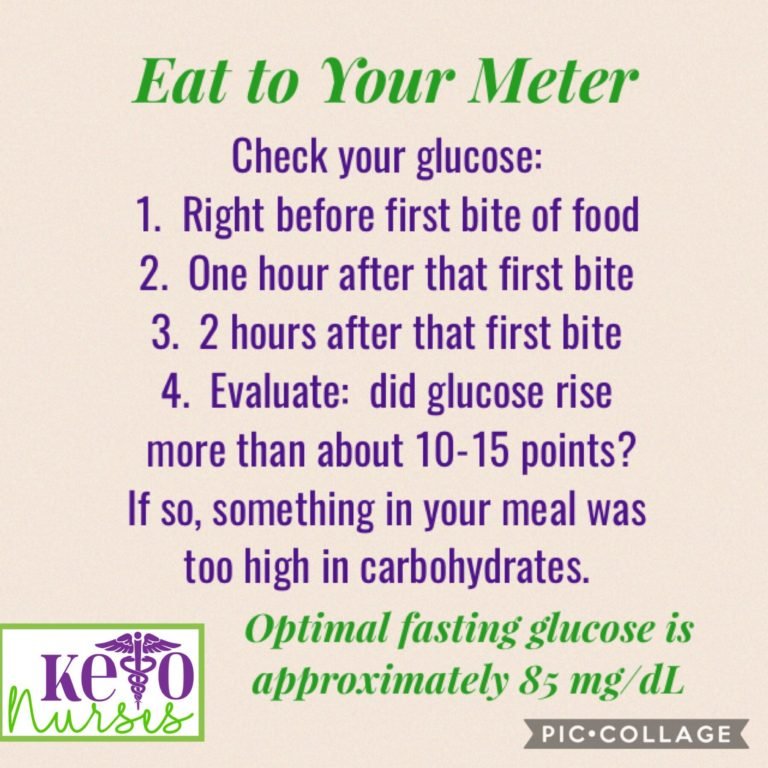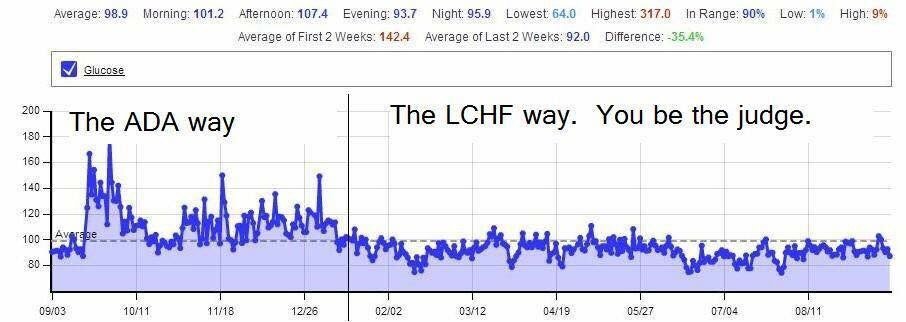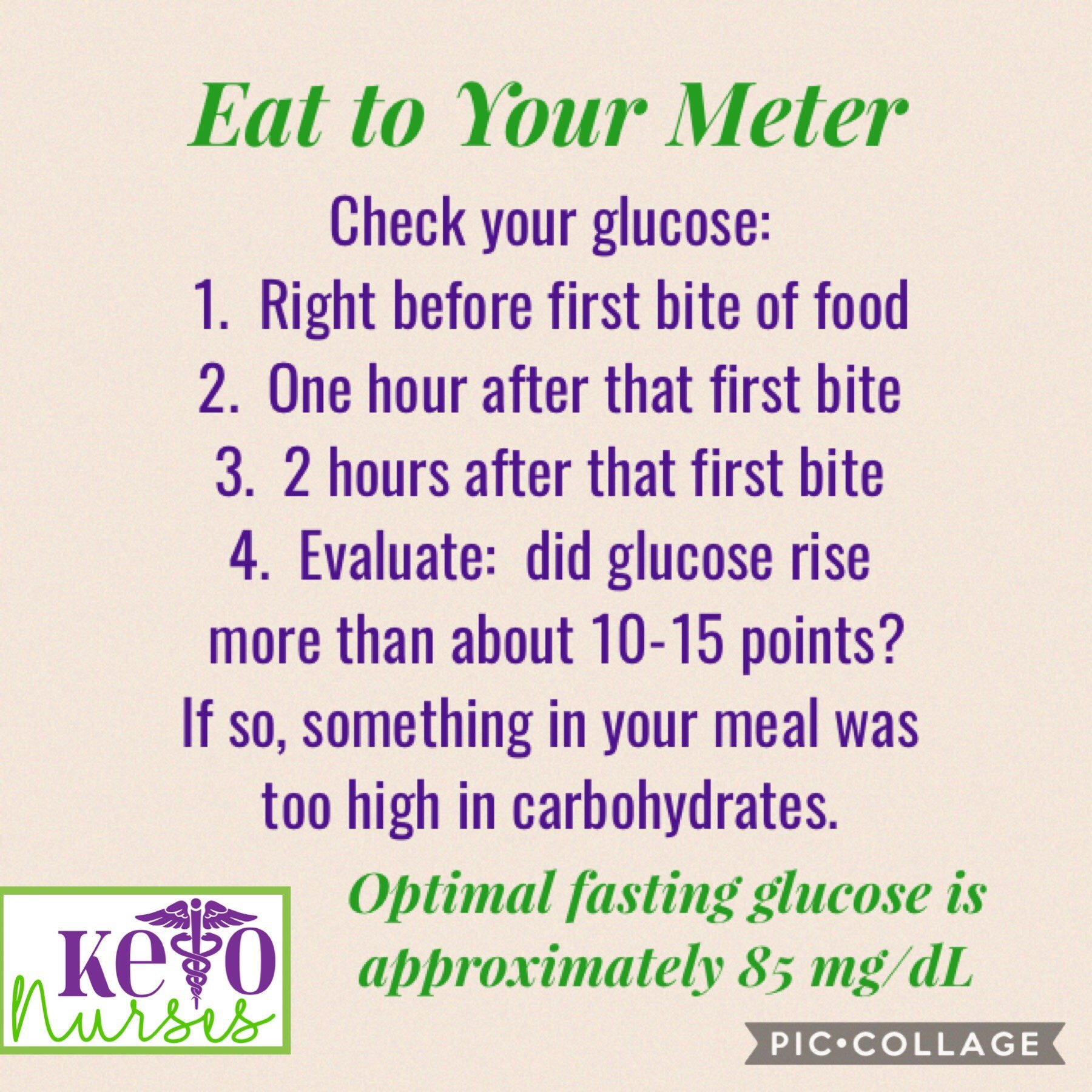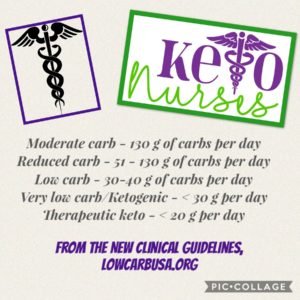For any of you who have never checked your glucose, maybe it’s worth a try. It is truly the only way to know how food directly impacts glucose.
Use a glucometer to check and monitor your glucose level. They can be purchased over the counter. For inexpensive ones, ask your local pharmacy about the least expensive to use over time. I believe Walmart has one that is fairly inexpensive; it’s the Relion meter.
I recommend testing first thing in the morning, and then after meals to determine how food impacted your glucose. Standard post-meal testing is at 2 hours. Some people, however are not textbook. I usually recommend testing after several different meals over a few different days every 30 minutes after eating to determine your personal peak… once you determine this time frame, you’ll only need to test before and after once. No need to test every single meal at first if you’re worried about costs of testing OR running out of fingers. ?
But pick a few meals at different times of day. If costs are a factor in buying strips, it’s really important to test before and after different meals — example: test before and after breakfast on Mon, Wed, & Saturday for 2 weeks, before & after lunch on Tue, Thurs, & Fri for 1 week, and supper on Sunday, Tues, Thurs, Sun, for the 2nd week.
Once you’ve determined your personal glucose peak, you can then limit testing to before meals and around your peak.
To determine the impact of certain food on glucose level, test before and after at your personalized peak. Ideally, the readings should not be very different, but readings are allowed to be about 10 numbers diff.
Example: pre-meal is 97; post-meal highest should be about 107 for optimal glucose control.
Even non-diabetics can use meters and learn for themselves how food impacts glucose.
This is where we get the phrase, “eat to your meter.”
Testing glucose is the absolute best method for determining how foods impact your glucose. Knowing how food will affect glucose levels is very important for people on a low carb diet, especially those who take medicines to lower glucose directly. If glucose goes up more than 10 points, it’s probably not a good idea to continue eating that food.
If you’d like help learning to eat to your meter or learning how to eat low carb high fat to reduce the impact of disease on the body, please email me at ketonurses@gmail.com for more information.
NOTICE: This content is for informational and educational purposes only. It is not intended to provide medical advice or to take the place of medical advice or treatment from a personal health care professional. All viewers of this content are advised to consult their own qualified health professionals regarding specific health questions. Neither KetoNurses or the publisher of this content takes responsibility for possible health consequences of any person or persons reading or following the information in this educational content. All viewers of this content, especially those taking prescription or over-the-counter medications, should consult their physicians before beginning any nutrition, supplement or lifestyle program.

